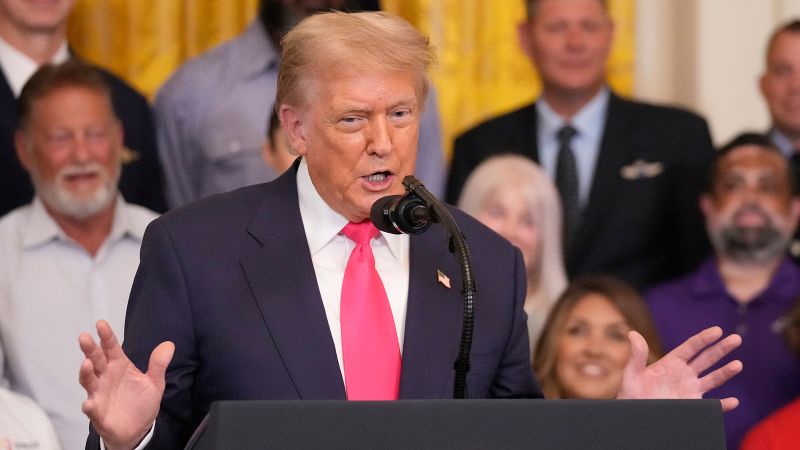
HONG KONG – In a significant breakthrough, China announced on Friday its decision to approve the export of rare earth minerals to the United States, mere hours after White House officials confirmed a bilateral agreement. This development marks a pivotal moment following weeks of intense negotiations concerning US access to these critical materials.
Immediate Impact on Trade Relations
Rare earths, which are essential components in a wide range of products from everyday electronics to advanced military equipment, have become central to trade tensions between the world’s two largest economies. The recent agreement aims to alleviate these frictions by ensuring a steady supply chain.
According to a statement from China’s Ministry of Commerce, “China will approve the export application of controlled items that meet the conditions in accordance with the law. The United States will cancel a series of restrictive measures taken against China accordingly.”
Key Details Emerge
The announcement followed statements from US President Donald Trump and Commerce Secretary Howard Lutnick, who confirmed the deal’s finalization. The agreement appears to formalize an understanding reached earlier in London, pending approval from both Trump and Chinese leader Xi Jinping.
“China is going to deliver rare earths to us,” Lutnick told Bloomberg News, indicating the US would reciprocate by lifting its export curbs.
At a White House event, President Trump remarked, “we just signed with China yesterday,” underscoring the deal’s significance.
Industry Response and Expectations
The rare earths sector, which China dominates by processing approximately 90% of global supply, has been closely monitoring these developments. The International Energy Agency highlights the strategic importance of these materials, especially in light of recent trade disruptions.
China controls around 90% of global rare earth processing, according to the International Energy Agency.
Industry insiders report ongoing challenges in securing adequate supplies, despite China’s assurances of expedited approval processes for compliant export applications.
By the Numbers
- China processes 90% of global rare earths.
- US imposed export curbs on chips, software, and other materials in May.
- China’s dual-use licensing regime requires approval for each rare earth shipment.
What Comes Next?
The agreement’s implications extend beyond immediate trade relations. Analysts suggest that while the US may ease certain restrictions, military suppliers could still face challenges due to China’s dual-use export limitations.
According to sources familiar with the negotiations, the US is preparing to lift certain curbs, but the full impact on defense contractors remains uncertain.
Background Context
The recent agreement follows a tumultuous period characterized by escalating tariffs and a de-facto trade embargo. In May, the US imposed export curbs in response to China’s export controls, which it argued violated a prior agreement reached in Geneva.
Efforts to resolve these tensions continued in London, where both sides agreed to ease restrictions, pending approval from national leaders. This move represents a significant shift from previous standoffs, aiming to restore stability to global supply chains.
Expert Analysis
Experts warn that while the deal marks progress, underlying tensions between the US and China persist. The geopolitical landscape remains complex, with both nations seeking to safeguard their strategic interests.
Meanwhile, industry experts emphasize the importance of diversifying supply sources to mitigate future disruptions. The timing of the agreement is particularly significant as it comes amid broader discussions on economic cooperation and stability.
Regional Implications
The agreement is expected to have ripple effects across the Asia-Pacific region, influencing trade dynamics and economic policies. As the US and China navigate this new phase of their relationship, regional actors will be closely watching for potential shifts in alliances and partnerships.
Moving forward, both countries have expressed a commitment to enhancing cooperation and reducing misunderstandings, signaling a potential thaw in relations.
China’s Commerce Ministry stated, “We hope that the two sides can continuously enhance consensus, reduce misunderstandings, strengthen cooperation, and jointly promote the healthy, stable, and sustainable development of China-US economic and trade relations.”
The story continues to develop, with further updates anticipated as both countries implement the terms of the agreement and address ongoing challenges in their economic partnership.





